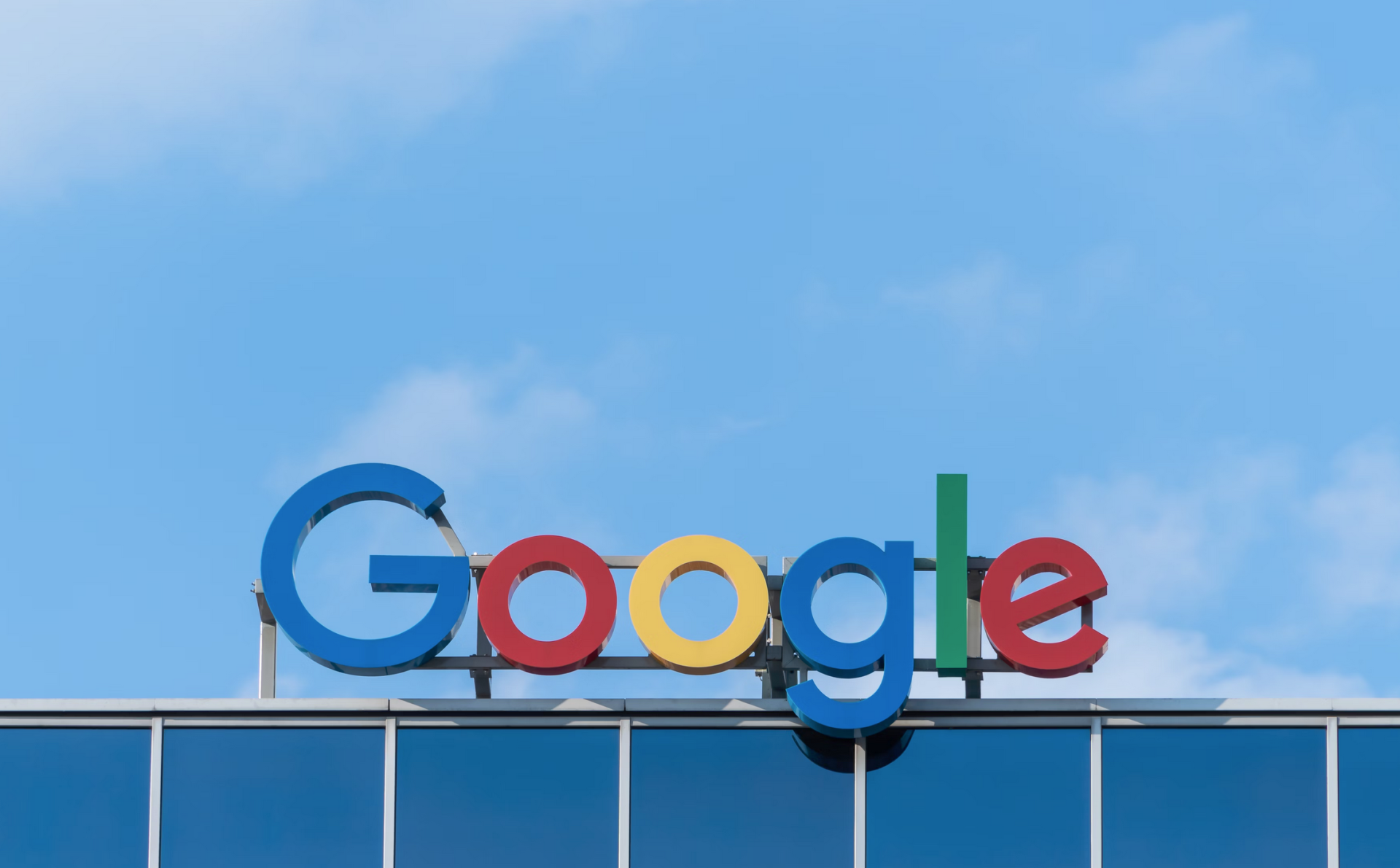Maximising Impact with Minimal Budget
Being tight with your marketing budget doesn’t demand you be tight with the quality or scope of your marketing efforts.
Numerous tools and strategies can help charities maximise their impact without breaking the bank.
What follows are some of the most cost-effective tools and tactics available to charities for growing audiences and deepening impact.
Leveraging Social Media Platforms
Social media is one of the best and most economic ways to promote a charity. You can reach millions of people on Facebook, Twitter, Instagram and LinkedIn. You can share your story, connect with supporters and think about potential donors.
Organic social media campaigns – By creating content that resonates with your audience, you can generate organic growth and engagement without paying for ads.
Live streaming: You can share a behind-the-scenes look at your charity’s work using tools such as Facebook Live or Instagram Stories, or run Q&As.
Email Marketing Solutions
Email marketing is still one of the cheapest and most effective ways for charities to communicate directly with their supporters – tools such as Mailchimp and Sendinblue offer a free or low-cost email marketing platform with a range of features including branded templates, audience segmentation and analytics.
Personalisation and Segmentation: The ability to customise your emails and segment your audience will make sure that your messages are relevant and targeted, and that you speak to the right subscribers, increasing your engagement rates.
Content Marketing
This piece of content marketing in particular will help to tell your charity’s story, and also help your supporters to engage with your charity, without having to make a big investment. It is a proven approach, as you can create valuable, relevant content and thereby attract and retain a clearly defined audience.
Blogging: Keeping a blog on your charity’s website is a cost-effective way to share updates, stories of impact and educational content that in turn drives traffic to your site.
Guest post: Write articles for other blogs or websites to increase your charity’s exposure and reach a new audience for free.
Google for Nonprofits
Google for Nonprofits offers a suite of Google products and tools for free to organisations that qualify as charitable. The tools in the suite can help charities to be more efficient, be more visible and be more collaborative. The suite includes Google Workspace (with tools such as Gmail, Calendar, Drive and Docs), YouTube Nonprofit Program and Google Earth and Maps.
Google Ad Grants
Once this program is in place, your charity’s visibility on the web will increase, people will find your website, and they will learn about your cause.
However, the standout of Google for Nonprofits for smaller charities looking to boost their online marketing efforts is the The Google Ad Grants program. Here’s how it works and how charities can make the most of it.
$10,000 Monthly Advertising Credit: Google Ad Grants gives eligible nonprofits up to $10,000 per month in in-kind advertising credit for Google Ads. The ads appear as text promotions on Google search result pages, which in turn enables a charity’s ad to be seen by more people who are entering search queries related to the ads.
Bring targeted traffic to your charity website: This is the main benefit of using Google Ad Grants. By increasing the visibility of your charity’s website, more people will know about your campaigns, events and fundraising efforts, leading to an increase in supporters and potential donors.
Keyword-Focused Campaigns: Charities can create campaigns based on certain keywords that are reflective of their mission and activities. This allows ads to be shown to users who are already searching for something related, with the ad then being more relevant and more likely to be clicked.
Measurable results: Certainly, being able to measure the results of your campaigns down to the last click is one of the big advantages of digital advertising, including Google Ads. Charities can track all kinds of things, from the number of clicks, impressions and CTR of their ads, to conversions on their website that can be specifically attributed to the ads.
Get the most out of Google Ad Grants: To get the most out of Google Ad Grants, charities should:
Quality and Relevance: Ads and the landing pages you send people to should be high quality and highly relevant to the keywords you target. Google rewards quality by giving higher ad visibility to higher-quality ads.
Regular Monitoring and Optimisation: Run your campaigns for a few days, and then review the data to see which keywords are successful and which aren’t, which ad copies should be used, and which ads are bringing the best conversions. Update your campaigns accordingly.
Stay within Program Guidelines: Google Ad Grants come with a number of requirements and guidelines that must be met, such as a minimum click-through rate, and the structure of particular campaigns. It’s important that charities keep up to date with these guidelines and ensure that they are adhered to in order to keep benefiting from the Grants program.
Google for Nonprofits, and particularly the Google Ad Grants programme, is a powerful tool which can help charities broaden their reach and impact online. Using this in-kind advertising credit wisely can help charities boost their online visibility, reach more people and inspire meaningful action – without costing them an extra cent.
Utilising Free Design Tools
You don’t need to spend a lot of money on this. Free design tools such as Canva offer templates for social media posts, flyers, newsletters and more, so that you can create stunning visuals that can help you get your message out.
DIY Graphics: Easy to use and no design skills necessary – anyone on your team could generate this visual.
And that’s pretty much all there is to it; maximising your charity’s marketing impact while spending the least amount of money is very possible if you have the correct tools, processes and strategies in place. By using free or low-cost social media, email marketing, content creation and design tools and leveraging the solutions available within programmes like Google for Nonprofits, charities can gain significant reach and engagement, all while being creative and resourceful with their tools, budget and time.
Ultimately, it’s about stretching each marketing dollar, and every hour spent on marketing, to make the greatest impact on your mission and your cause.



